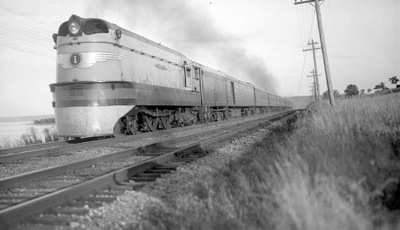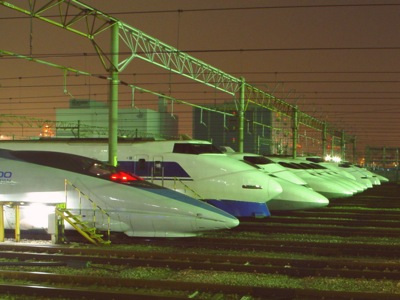Florida is the only part of the U.S. other than California that has seriously considered a true high-speed rail project. In 1992, the Florida legislature passed a high-speed rail transportation act. This led the state Department of Transportation to propose a public-private partnership to build a high-speed rail line from Miami to Orlando and then to Tampa. However, Governor Bush killed this plan in 1999.
A high-speed rail advocate (and former Bush supporter) named C.C. Dockery then spend $2.7 million of his own money putting a measure on the Florida ballot that amended the constitution to require the state to build a high-speed rail network. The measure did not raise taxes or appropriate any money to the project, and it was passed by the voters. By 2004, perhaps more aware of the cost, 64 percent of the voters were persuaded to repeal it.
By then, however, the legislature had created a state high-speed rail authority and appointed Dockery to the commission. The authority had let a contract to prepare a detailed environmental impact statement (EIS) for the first leg of a high-speed rail line connecting Tampa and Orlando. This EIS was published in 2005, and the rail authority has subsequently disbanded (at least, its web site no longer works).










